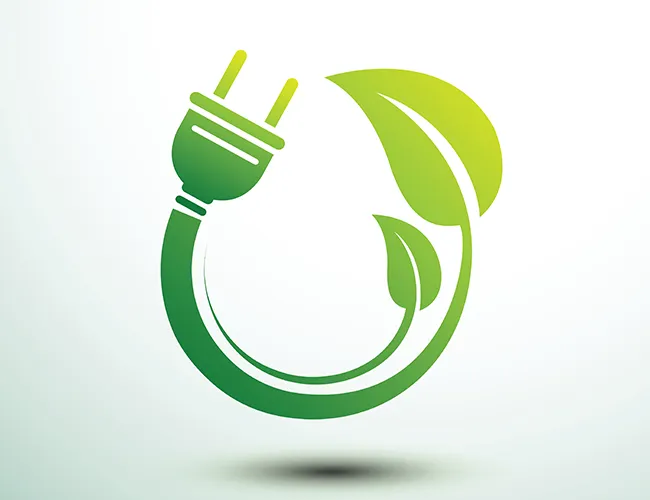
The reality is that solar power, solar energy and green diy energy are basically referring to the same thing, so don’t let that confuse, and stop you from moving forward. They each refer to man’s ability to harness power from the sun and to store it for use as desired. The old case of countless names for pretty much the same thing. And you know you are helping the planet by doing something toward “going green”. But can I do it? For the individual to do so use to be so expensive, and complicated, that most would stop before they even got started. Not that the individuals were at fault, and they definitely had the right idea, but it was just “too much”, and the costs involved really made those interested question the viability of doing so and any savings that might be realized. With technological advances and stiff solar materials competition these days, it has brought down prices considerably, and has made it a necessity to produce manuals and videos that walk interested parties through the entire construction process from beginning to end. Never has it all been simpler, and more affordable, than today! What about involving other family members in this? These days the building and installation of solar panels has also become quality family time for many. This can be a very bonding experience for, say, a father to interact with their son, or children. Don’t just take over the projects but let your children have an active part also. This can significantly potentially bolster their personal self confidence, making them more willing to tackle challenges that will surely arise in their futures. In fact, with the current move toward green technologies, several groups of high school and college students are working on diy solar power projects right now. Many of these folks will continue in the industry and may become the “movers and shakers” in the industry.
The report covers forecast and analysis for the green energy market on a global and regional level. The study provides historic data of 2014 along with a forecast from 2015 to 2020 based on revenue (USD Billion). The study includes drivers and restraints for the green energy market along with the impact they have on the demand over the forecast period. Additionally, the report includes the study of opportunities available in the green energy market on a global level. In order to give the users of this report a comprehensive view on the green energy market, we have included a detailed competitive scenario, buying criteria and energy type portfolio of key vendors. To understand the competitive landscape in the market, an analysis of Porter’s five forces model for the green energy market has also been included. The study encompasses a market attractiveness analysis, wherein energy type and end-user segments are benchmarked based on their market size, growth rate and general attractiveness. The study provides a decisive view on the green energy market by segmenting the market based on energy types and end-user. All the end-user segments have been analyzed based on present and future trends and the market is estimated from 2014 to 2020. Key end-users markets covered under this study include the use of this green energy in residential, commercial and industrial end-user areas. The regional segmentation includes the current and forecast demand for individual energy type segment into each region including North America, Europe, Latin America, Asia Pacific and Middle East & Africa. The report covers detailed competitive outlook including company profiles of the key participants operating in the global market. Key players profiled in the report include ABB Ltd., Alterra Power Corporation, Kyocera Solar Inc., Nordex SE, Hanwha Q Cells GmbH, Calpine Corporation, Suzlon Energy Ltd., U.S.
What is Renewable Energy? Renewable energy sources are sources of energy that are constantly replenished. These include energy from water, wind, the sun, geothermal sources, and biomass sources such as energy crops. In comparison, fuels such as coal, oil, and natural gas are non-renewable. Once a deposit of these fuels is depleted it cannot be replenished – a replacement source must be found instead. In the United States, both renewable and non-renewable energy sources are used to generate electricity, power vehicles, and provide heating, cooling, and light. While renewable energy is generally more expensive than conventionally produced supplies, alternative power helps to reduce pollution and to conserve fossil fuels. Paul Torcellini, a senior engineer at the DOE’s National Renewable Energy Laboratory (NREL) in Golden, Colorado. Hydropower refers to the use of water to generate electricity. Water is the most common renewable source of energy in the United States today. Hydroelectric power doesn’t necessarily require a large dam – some hydroelectric power plants just use a small canal to channel the river water through a turbine.
This is second best but something that is done. The third type is when a company chooses to buy what are called carbon offsets. There is a huge debate about the value of an offset. The concept is that the business will calculate how much carbon or CO2 is made and a purchase of offsets are made to attempt to negate the emissions that are made. There is some skepticism whether this type of offset is actually offsetting anything. You need to be aware that all claims of using renewable energy aren’t physically using it. Some who are near it do, but others are attempting to do the next best thing by investing in green energy in other parts of the country. When a company claims to be using green energy, what does it mean? There are actually a few different forms of green energy usage that a consumer needs to be aware of. Be informed and you will know for sure if they are going green.
